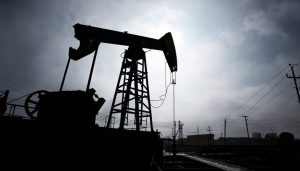Let’s Start From Here…

Since the first oil well was drilled in Alberta in 1914, it shaped Alberta’s future in the world economy. The world third largest oil reservoir and boomed oil and gas industries, have led Alberta to become the heart to Canadian Energy. As estimated, there are around 450,000 oil and gas wells that have been drilled throughout the province since 1963. However, some oil and gas well sites were with minimum or without regular management resulting in the high potential of local soil and water contamination by well site hazardous material. These contaminants include soil sterilant herbicides, heavy metals, salts, petroleum hydrocarbons, and drilling fluids that are generated from oil and gas development and drilling activities. These contaminants present in soils and groundwater are potential health threats to the wild and human lives.
A series of soil and groundwater remediation technologies have been studied for decades. Physical remediation technologies, such as soil vapor extraction, dual phase extraction, and electro-kinetic technologies; chemical remediation technologies, like insitu chemical oxidation, soil washing; as well as bioremediation and phytoremediation have been applied in real life scenarios. Each of them has the ability and capacity to degrade or stabilize single or multiple contaminants that are present in oil and gas well sites across Alberta.
Understanding the soil and site contaminant characteristics, considering social economic factors, as well as implementing cost-effective, environmentally friendly remediation technologies are the key to achieve remediation success.
